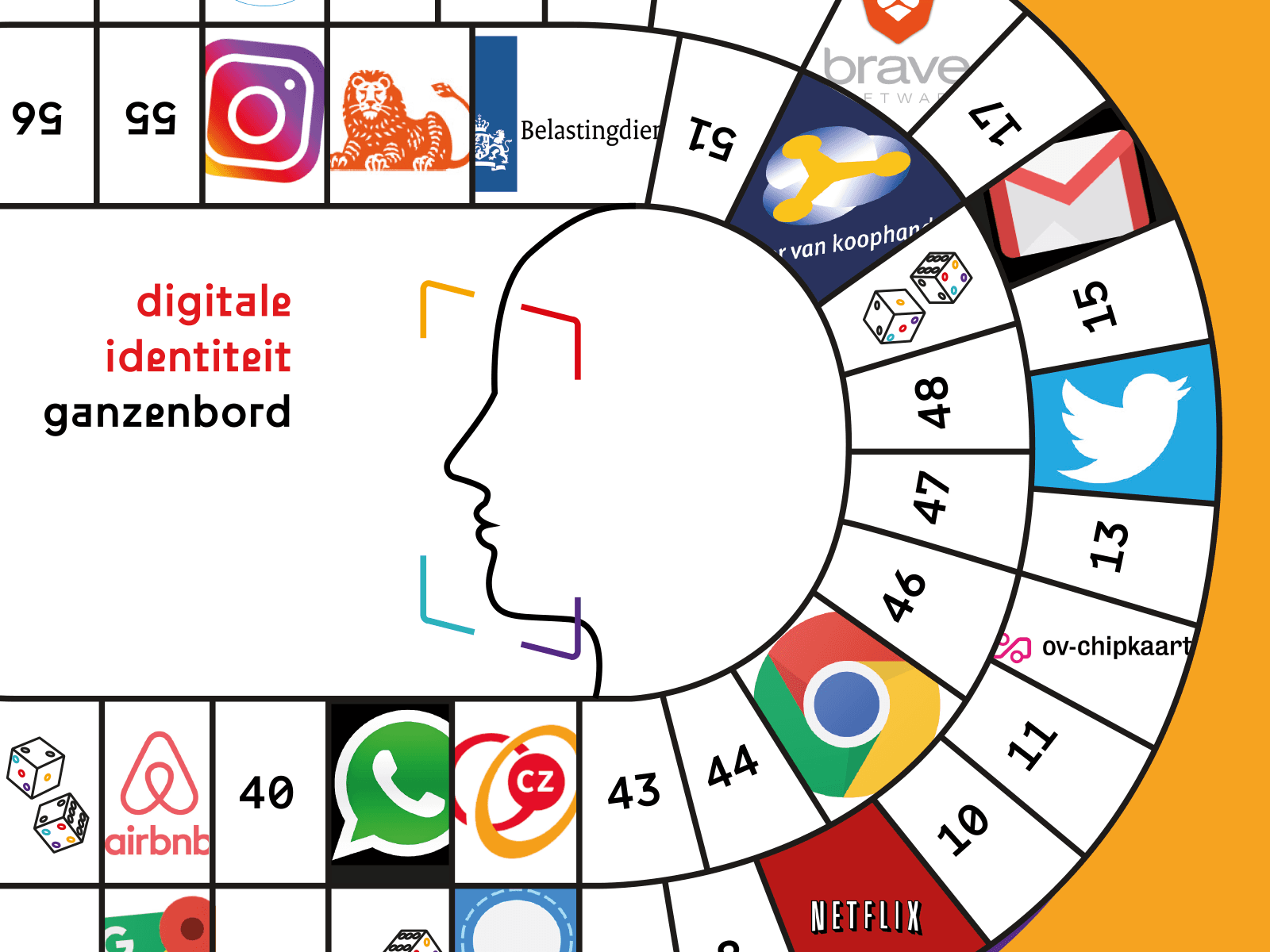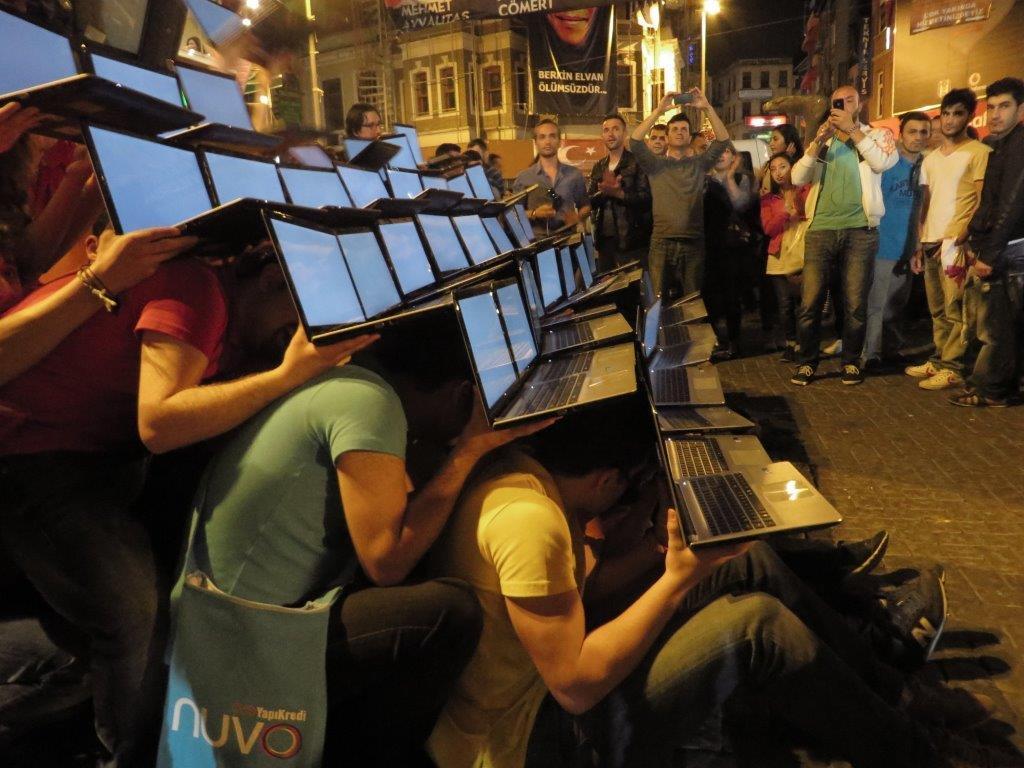Tomo Kihara graduated cum laude from Delft University of technology on 17 October 2018 on his research into the use of AI surveillance technology in the city. For this he designed the game 'Escape the Smart City'. With this research Tomo also completed his internship at Waag in which he carried out various projects, such as 'Street Debater' en 'phonvert AI'. The graduation committee included Stefano Bocconi and Tom Demeyer on behalf of Waag.
The master thesis of the research can be downloaded as a publication (pdf).
Abstract
Escape the Smart City is a critical 'pervasive game' for creating awareness about the implications of AI-surveillance technology in the smart city. It responds to growing concerns over the mass deployment of surveillance cameras that are enhanced with artificial intelligence (AI) which are turning the cities into digital panopticons (Sadowski & Pasquale, 2015).
Such concerns are amplified by the central role played by multinational corporations in developing the technologies that are said to render the city "smart". The technologies behind AI-surveillance are proprietary and the nature of it is inherently a "black-box" which inhibits public from understanding it and having a say in its deployment. Due to this reason, the citizens that live in the cities with smart surveillance are often left behind not informed enough about the consequences of the pervasive technology in their environment.
This research addresses this lack of awareness by creating an escape room like experience around the city where players locate hidden surveillance cameras, discover algorithmic biases, and try to fool facial detection algorithm in order to go against a fictional all-seeing AI-surveillance system. Consistent with Flanagan’s (2009) critical play model, the 8 problems of AI-surveillance defined in the research are communicated by the game’s procedural rhetoric (Bogost, 2007). It also questions whether critical pervasive games — which are the combination of critical design (Dunne & Raby, 2013) and pervasive games (Montola et al., 2009) — is possible of merging the ordinary world with the fictional game world to create a safe space to explore complex socio-technical problems in compelling, relatable ways.
Through the play-test, it was made clear that by providing the players with interactive feedback on how AI-surveillance would perceive the world, the players were able to get a sense of the black boxed nature of AI and ask critical questions about their necessity and consequences. Also, the in-situ experience outside created a heightened awareness of existing surveillance infrastructures.


